Which country has the worst drought? Top 7 most drought-prone countries
Droughts cause severe issues to many nations in the world, such as water crisis, food insecurity, and long-term economic and environmental damage. Which country has the worst drought? Let’s explore the world's top 7 most drought-prone countries to see the damage drought causes.
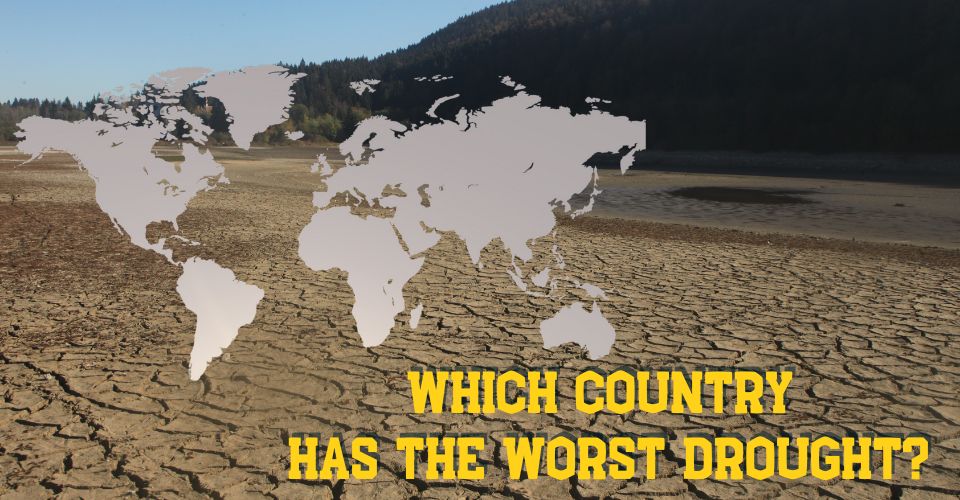
Which country is in the worst drought?
Global Water Stress
According to new data from WRI’s Aqueduct Water Risk Atlas, 25 countries ( about one quarter of the global population) face extremely high water stress each year, using nearly all their available water.
Around 4 billion people experience high water stress for at least one month annually.
This situation threatens lives, food and energy security, jobs, and public health.
If there is no improved water management, factors like population growth, climate change, and economic development will worsen the crisis.
By 2050, 1 billion more people could face extreme water stress, and global water demand may rise by 20–25%.
In regions like the Middle East and North Africa, 100% of the population is expected to face extremely high water stress.
Poor water use, like in Iran, is already sparking unrest.
To avoid a full-blown water crisis, governments, businesses, and communities must act urgently with a series of global strategies and localized solutions.
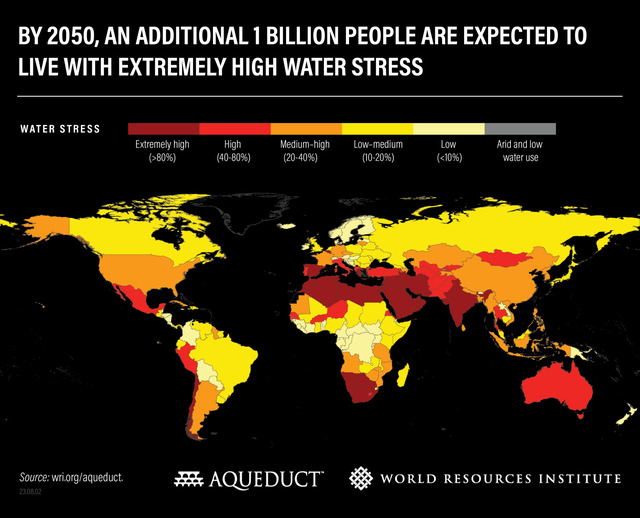
By 2050, an additional 1 billion people are expected to face a high water crisis
Which country has the worst drought?
Ethiopia is currently the most drought-stricken country in the world, facing its longest and most severe drought on record.
Over 20 million people are relying heavily on government and humanitarian support.
The crisis has been worsened by the strong 2023 El Niño, which led to failed harvests and mass livestock deaths.
As a largely agriculture-dependent nation, the drought has deeply impacted livelihoods.
Southern Ethiopia has already seen the loss of 1.5 million livestock due to the ongoing drought.
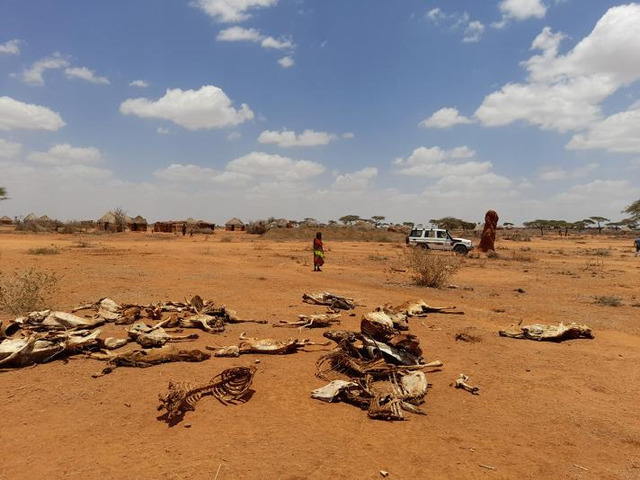
Southern Ethiopia has already seen the loss of 1.5 million livestock
The movement of people and animals from drought-stricken areas is putting intense pressure on limited resources in host communities.
Currently, around 285,000 people have been displaced.
Women and girls often endure long journeys, walking up to 10 hours to collect water.
In some cases, they must leave home as early as 3 a.m. to wait the entire day for a water truck that may not arrive until late afternoon or evening.
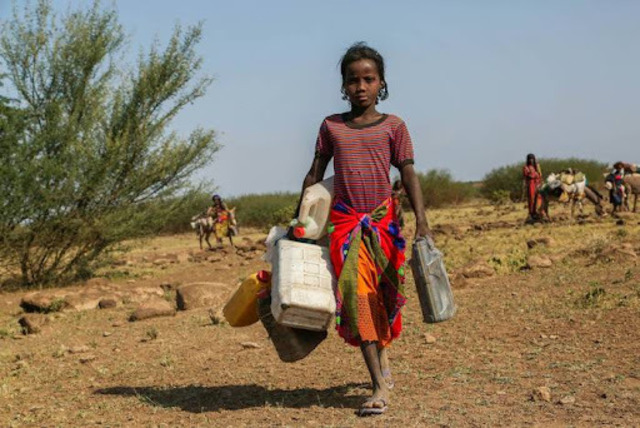
Girls walk 35 km for water due to the Ethiopia drought
Which country has the highest drought risk score?
Statistics from the World Population Review, Somalia has the highest drought risk score.
This score is measured based on a country's susceptibility to socioeconomic effects and agricultural losses.
The higher their risk score, the less equipped or resilient they are to the consequences of a drought.
According to Abukar Mohamud, Deputy Director of Programs for Somalia at the IRC, Somalia is facing the worst drought with over 200.000 already living in the most extreme of hunger, but this is a regional emergency.
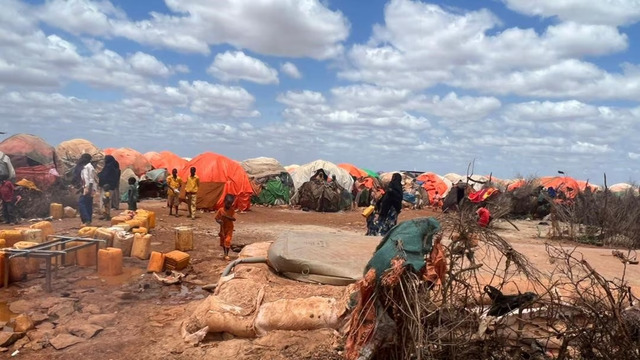
Drought leads to a drastic Somalia famine
He also said that East Africa was enduring the worst drought that the region had seen in four decades.
This crisis isn’t just about food shortages. Hunger weakens the body’s immune system, making people, especially children, more vulnerable to deadly diseases like diarrhea, measles, and malaria.
As a result, death rates are alarmingly high. Children are at greatest risk, often dying at twice the rate of adults. Even those who survive face long-term health consequences.
During the 2011 famine, more than 250,000 people lost their lives, half of them were children.
Top 7 most drought-prone countries in the world
The WHO estimates that each year, 55 million people worldwide are directly impacted by droughts.
Asia had the greatest number of drought-affected people, according to a May report published by the United Nations Convention to Combat Desertification.
About 700 million people could be displaced by drought by 2030, and 40% of the world's population suffers from water scarcity.
According to a UN analysis, the following nations are the most vulnerable to drought worldwide.
Afghanistan
Since early 2021, the majority of Afghanistan has been experiencing a serious drought.
Droughts devastate crops and livestock heavily that leading to critical food shortages.
According to reliefweb.int, around 20 million Afghans are currently food insecure.
Afghanistan's annual water supply is mostly dependent on winter precipitation in the highlands, which builds up as snow, ice, and glaciers.
However, global warming - a big cause of drought has worked intensively recently. Serious rainfall shortage drives this country worst droughts in decades.

Drought impacts crops and livestock intensively
Angola
Angola is experiencing its worst drought in forty years.
The IPC estimates that 1.58 million people are suffering from severe acute food insecurity.
Climate change and the conversion of land to commercial cattle rearing are contributing factors to the drought in Southern Angola.
The area is among the most drought-prone in the world as a result of these hazards.
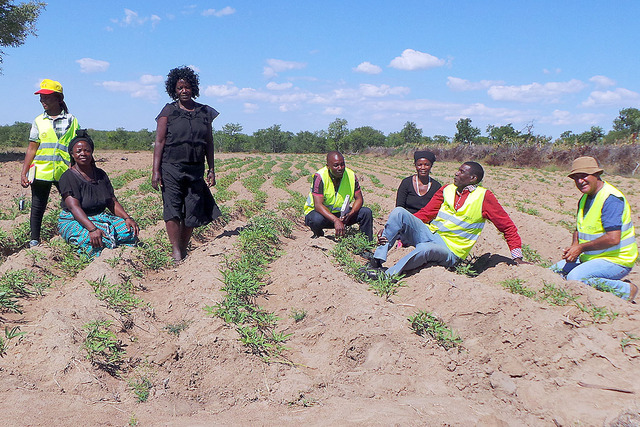
Angola is experiencing its worst drought in forty years
Brazil
In 2021, Brazil's central and southern regions saw the worst drought of the century due to protracted dry conditions.
Crop losses, water scarcity, and an increase in wildfires in the Amazon were all consequences of the drought.
According to a New York Times analysis, all factors contribute to Brazil's heightened danger of drought, including climate change, deforestation, and other biomes, and changes in rain patterns brought on by La Niña, a Pacific Ocean weather pattern.
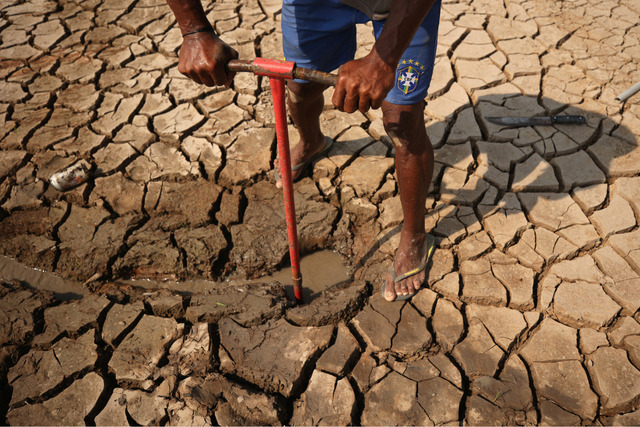
The Amazon drought creates many difficulties in Brazilians’ lives
Burkina Faso
The Sahel area of Burkina Faso is undergoing its worst drought in over a decade. Over 10.5 million people lack proper nutrition.
Burkina Faso suffered extreme droughts in the 1970s, resulting in a devastating famine, deaths, and significant livestock losses.
Although famines have become less prevalent since then, this region remains one of the most drought-prone locations due to its geographic location and the consequences of climate change.
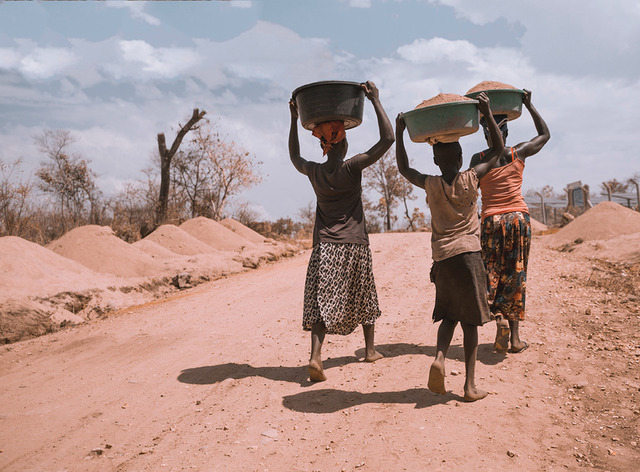
Burkina Faso in the dry seasons
Chile
Chile has entered its 13th year of a record-breaking drought, with no rain falling on Chilean soil.
This is the country's worst drought in 60 years, prompting the government to regulate water for its citizens.
Despite having one-third of Latin America's glaciers, human activity, climate change, and water privatization/hoarding have contributed to the country's current dilemma.
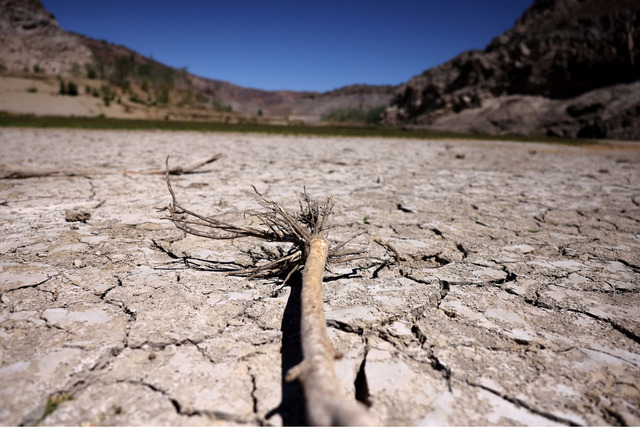
Persistent drought is drying out Chile
China
Recently, northern and southwest China have been experiencing prolonged drought, putting millions of people on the verge of famine.
Crops droop, and farmers and herders are in severe need of water for their fields and livestock.
About three million people in Shanxi Province, northern China, are in desperate need of water, and a third of the area's wheat harvest has dried up due to a lack of irrigation or rain.
China's deserts are expanding at an annual average of 1,300 square kilometers, prompting the government to deploy soldiers to plant trees.
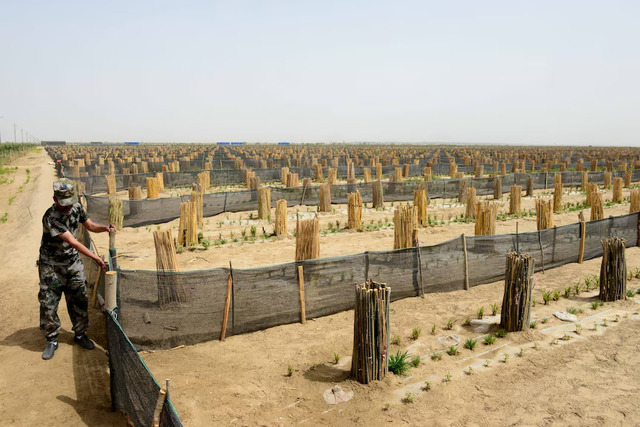
Chinese soldiers plant trees to hold back the desert
Iraq
Desertification has caused the most damage in Iraq. Climate change and government mismanagement have caused recurring sandstorms, rendering areas of the country uninhabitable.
Iraq has been suffering from a three-year drought and is the most vulnerable to climate change.
After months of severe drought, a 3,400-year-old city was rediscovered on the outskirts of the reservoir, Mosul Dam.
During the water crisis, Iraq's 'jewel of the south', Lake Sawa, has also dried up.
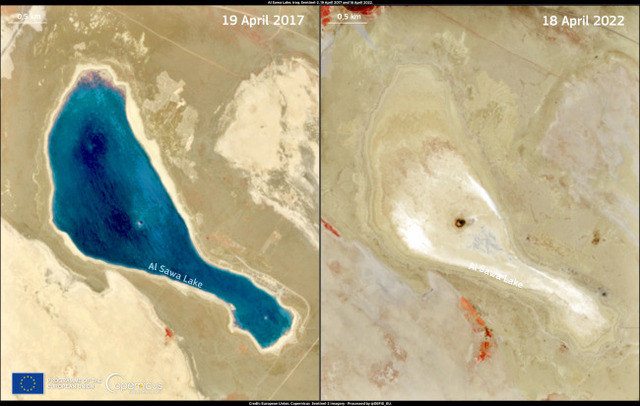
Lake Sawa before and after severe droughts
Some actions to prevent drought
Here are some short and clear actions to help prevent and reduce the impact of drought:
-
Conserve water in daily use and production. ( Read more about how to conserve water)
-
Fix leaks and upgrade water supply systems.
-
Harvest and store rainwater for irrigation and domestic use.
-
Use efficient irrigation methods like drip or sprinkler systems.
-
Plant cover crops to reduce soil erosion and retain moisture.
-
Protect and reforest to sustain water sources.
-
Grow drought-resistant crops adapted to dry conditions.
-
Monitor and forecast droughts early for a timely response.
-
Raise public awareness about water conservation and drought risks.
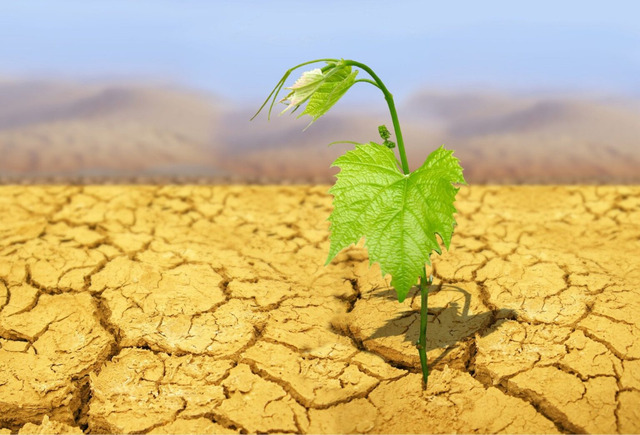
We need to take action together to prevent droughts
Conclusion
Which country has the worst drought? Not only Ethiopia but also many nations in the world are experiencing severe droughts. If we do not take preventative actions, conserve water, and limit climate change, drought damage will be more and more drastic.

![Worst Droughts in US History: What We Can Learn from Them? [List] Worst Droughts in US History: What We Can Learn from Them? [List]](https://assets.weather365.com/images/1751538966_worst-droughts-in-us-history-1.jpg)
![5 Types of Drought & Their Impacts on Human Activities [Explained] 5 Types of Drought & Their Impacts on Human Activities [Explained]](https://assets.weather365.com/images/1751539051_types-of-drought-1.jpg)
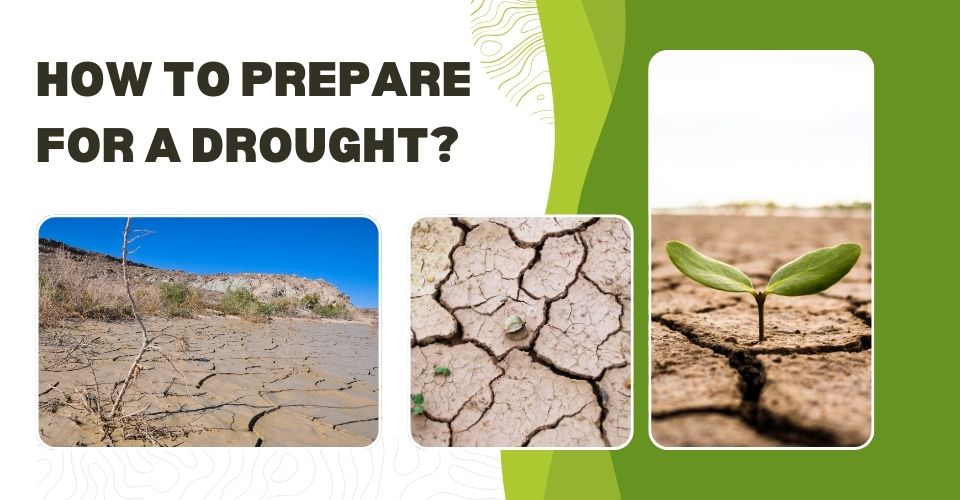

0 Comment
Leave a comment
Your email address will not be published. Required fields are marked *